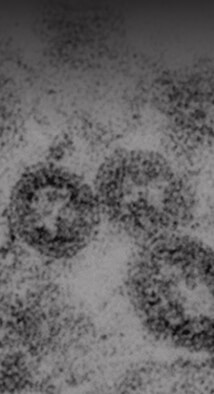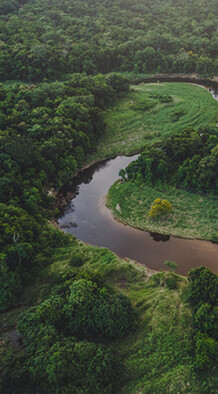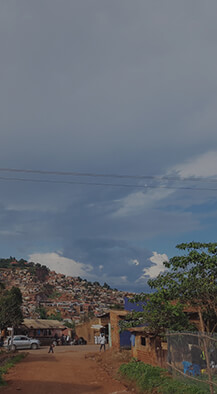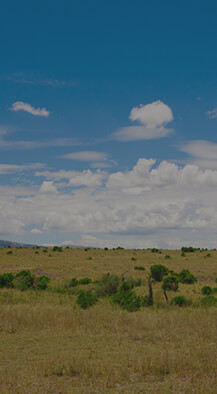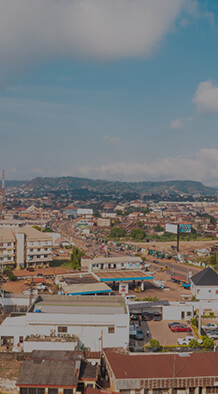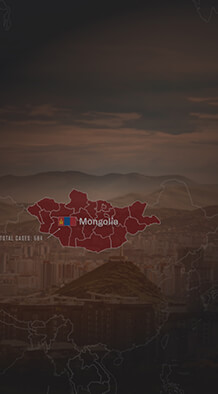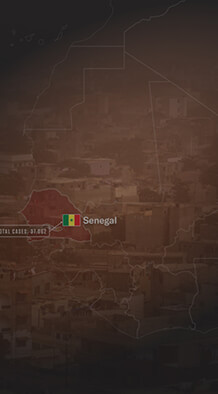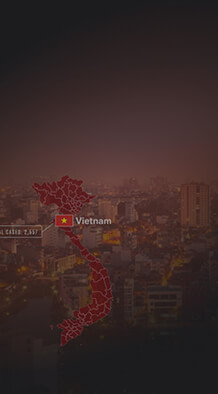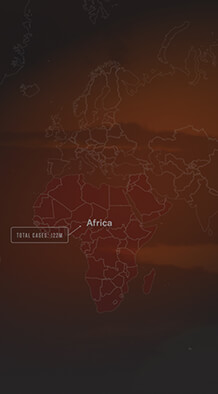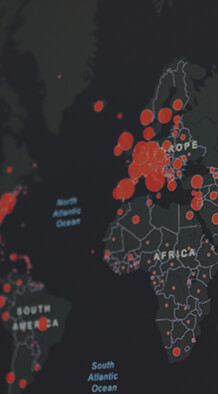COVID-19

Case Study:
COVID-19 in
Senegal
Cases Overview*
- 88.9K Total Cases
- 0 Total Vaccines Administered
- 2K Deaths
When COVID-19 arrived in Senegal from travelers returning from Europe, the country was ready with a plan—having spent years running simulations to prepare for just such an outbreak. Quick action by the government, supported by effective public communications, has produced impressive results and saved many lives.
ABOUT SARS-COV-2
By March 11, 2020, WHO had declared COVID-19 a global pandemic, prompting extreme lockdown measures and travel restrictions as the deadly disease spread all over the world. As humans had not yet encountered COVID-19, there was no natural immunity or established care protocols, and governments relied on public health and social measures such as quarantines, mask use and physical distancing to slow the spread while the scientific community rushed to develop treatments and vaccines.
Scientists were able to develop vaccines to protect against COVID-19 in less than a year. Typically, vaccine development takes five to 10 years.4 Doctors have also learned to better manage patient care, which in some areas has improved life expectancy. Still, there is no cure for COVID-19, and it may take years for vaccines to reach the global population. While countries work to address major hurdles to equitable distribution of vaccines, continued public health measures are still needed to save lives.
Disclaimer: These stories showcase various countries that executed preparedness plans to mount a strong initial response to COVID-19. As the pandemic stretches on and tests the capacities of all countries’ response efforts, increased cases, deaths and response missteps may still occur.

WHAT HAPPENED
When Senegalese officials learned of the mysterious viral pneumonia reported in China, there was great worry given the limited health resources in Senegal, where there were only seven doctors for every 100,000 citizens.5, 6 On March 2, the first case of COVID-19 was confirmed in the country. A Frenchman who lived in Dakar returned in late February from a ski vacation in the Alps with symptoms including headache, sore throat and fever,7 quickly confirmed to be COVID-19. The deadly virus had arrived in Senegal.
THE RESPONSE
In the days following the first case, several more quickly emerged among people traveling to Senegal from Europe: a second Frenchman, a Briton8 and a Senegalese man returning from Italy. Several people with COVID-19 infected family members, quickly increasing the number of cases.9
The country was prepared. Senegal’s Health Emergency Operations Center, set up in response to the 2014-2016 West African Ebola outbreak in nearby countries, had been running regular outbreak response simulations for years.10, 11 In January, when COVID-19 first emerged as a threat, the center began assessing the country’s preparedness and supporting improvements based on that assessment.12
Key to Senegal’s ability to detect early cases was its emphasis on testing. The Institut Pasteur Dakar was instrumental in scaling up testing capabilities. By February, the Institut was one of two labs in Africa able to test for SARS-CoV-2, and its experts subsequently trained many other labs across the continent.13 Critically, test results in Senegal are returned within 24 hours, which has been accomplished by setting up 24-hour labs across the country to expand testing. Senegal has also created digital platforms to deliver results.14
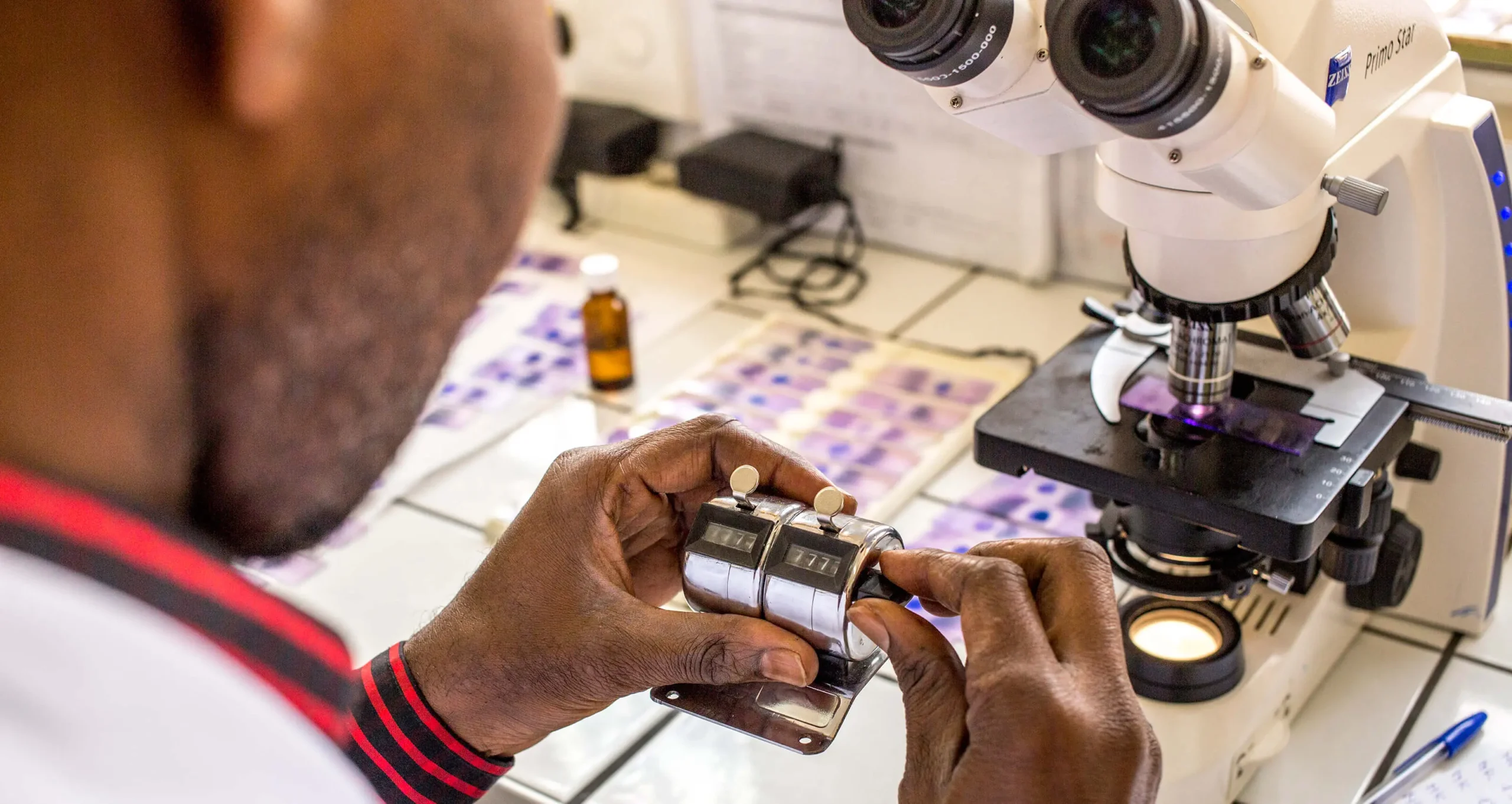
Key Preparedness Factors
-
Risk Assessment & Planning
-
Emergency Response Operations
-
National Laboratory System
-
Disease Surveillance
-
National Legislation Policy & Financing
-
Human Resources
-
Risk Communications
For those testing positive, the government guaranteed a hospital bed (later moving to home-based care for less serious cases),15 while those who required quarantine after exposure were housed in hotels and provided with meals. Potential cases were quickly identified by contact tracers who followed up every case to stop further spread.16
As transmission continued throughout March, the president issued a series of orders closing schools, canceling religious festivals, closing houses of worship and many businesses and putting in place international and regional travel restrictions.17, 18, 19 The orders culminated in the declaration of a state of emergency, which imposed a nighttime curfew as well as a requirement to wear masks20 outside the home.21 (This requirement was relaxed as cases diminished, but it was reinstated in January 2021 due to a dramatic increase in cases.)22
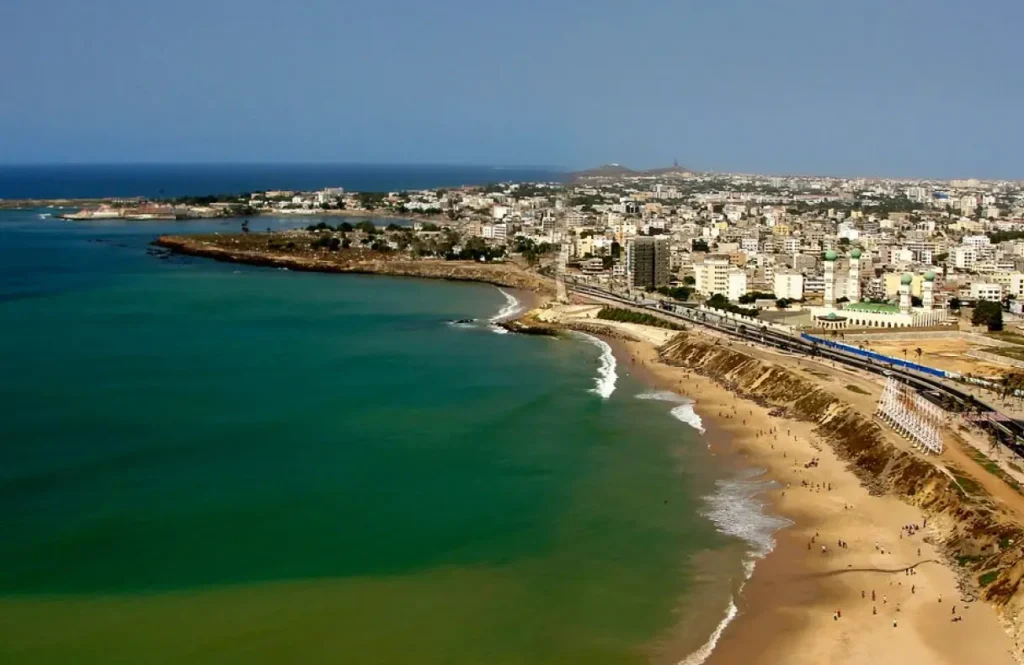
Senegal, like all other countries in sub-Saharan Africa, is used to managing outbreaks and has the experience and capacity to respond…. The experience gained from the Ebola outbreak has been useful in triggering preparedness and response interventions.
Dr. Lucile Imbuoa, Senegal country coordinator at the World Health Organization, as quoted in Devex
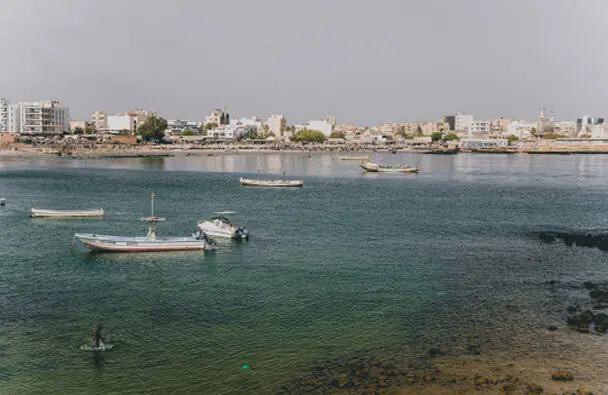
Supporting these efforts was a comprehensive communications plan that focused on transparently sharing information with the public via a variety of channels, including Facebook, radio and television. As a part of the strategy, government authorities took steps to tailor messaging as they rolled out their mask mandate, working with anthropologists and communications experts to understand attitudes about mask-wearing. Officials also worked with local leaders, women’s groups and traditional storytellers to disseminate messages to the community, in person and over the radio.
At the national level, the government provided daily updates on the status of COVID-19 and supported programming to educate the populace about COVID-19.23 Clear communication was credited with the high levels of public support for measures taken to control the outbreak.24
The response in Senegal was so effective that it was ranked second out of 36 countries evaluated by Foreign Policy Magazine.25 When the state of emergency was lifted in late June, it did not lead to an immediate spike in cases as other countries have seen.26
Like any country responding to a public health crisis, Senegal has tried to balance measures strict enough to contain the disease with civil liberties and the need to offset response measures through strategies to mitigate social disruption. Concerns around violations have led to protests.27
Despite these difficulties, Senegal’s response has been remarkably effective at preventing COVID-19 fatalities, with only 4.76 deaths per 100,000 population as of February 16, 2021, compared to 177 in the UK.28

[Senegal deserves] to be in the pantheon of countries that have … responded well to this crisis, even given its low resource base.
Judd Devermont, director of the Africa program at the Center for Strategic and International Studies, as quoted in USA Today
*Compiled from the COVID-19 Dashboard by the Center for Systems Science and Engineering at Johns Hopkins University
References
- World Health Organization. (2020a). Timeline: WHO’s COVID-19 response. https://www.who.int/emergencies/diseases/novel-coronavirus-2019/interactive-timeline
- The New York Times. (2021, March 15). Coronavirus World Map: Tracking the Global Outbreak. The New York Times. https://www.nytimes.com/interactive/2020/world/coronavirus-maps.html
- Cui, J., Li, F., & Shi, Z. (2018, December 10). Origin and evolution of pathogenic coronaviruses. Nature Reviews Microbiology. https://www.nature.com/articles/s41579-018-0118-9
- Johns Hopkins Coronavirus Resource Center. (n.d.). Vaccine Research & Development. https://coronavirus.jhu.edu/vaccines/timeline
- Chakamba, R. (2020, November 16). How Senegal has set the standard on COVID-19. Devex. https://www.devex.com/news/how-senegal-has-set-the-standard-on-covid-19-98266
- Gooch, K. (2019, November 6). 50 states ranked by most active physicians per 100,000 population. Becker’s Hospital Review. https://www.beckershospitalreview.com/workforce/50-states-ranked-by-most-active-physicians-per-100-000-population.html#:%7E:#:~:text=The%20report%20%E2%80%94%20published%20by%20the,to%20271.6%20two%20years%20prior
- BBC News. (2020, October 5). Coronavirus in Senegal: Keeping Covid-19 at bay. BBC News. https://www.bbc.com/news/world-africa-54388340
- The East African. (2020, July 5). Senegal confirms more two more coronavirus cases. The East African. https://www.theeastafrican.co.ke/tea/science-health/senegal-confirms-more-two-more-coronavirus-cases-1437958
- Diop, A. (2020, March 13). Covid-19 : comment la maladie s’est vite propagée au Sénégal. Afrik. https://www.afrik.com/covid-19-comment-la-maladie-s-est-vite-propagee-au-senegal
- Potter, C. (2020, September 17). Senegalese Success. Outbreak Observatory. https://www.outbreakobservatory.org/outbreakthursday-1/9/10/2020/senegalese-success
- Shryock, R. (2020, May 17). Senegal Pledges A Bed For Every Coronavirus Patient — And Their Contacts, Too. NPR. https://www.npr.org/sections/goatsandsoda/2020/05/17/856016429/senegal-pledges-a-bed-for-every-coronavirus-patient-and-their-contacts-too
- Chakamba, R. (2020, November 16). How Senegal has set the standard on COVID-19. Devex. https://www.devex.com/news/how-senegal-has-set-the-standard-on-covid-19-98266
- BBC News. (2020, October 5). Coronavirus in Senegal: Keeping Covid-19 at bay. BBC News. https://www.bbc.com/news/world-africa-54388340
- World Health Organization, Senegal. (2021, March 15). Enhancing diagnosis to beat COVID-19 in Senegal. WHO | Regional Office for Africa. https://www.afro.who.int/news/enhancing-diagnosis-beat-covid-19-senegal-0
- Chakamba, R. (2020, November 16). How Senegal has set the standard on COVID-19. Devex. https://www.devex.com/news/how-senegal-has-set-the-standard-on-covid-19-98266
- Potter, C. (2020, September 17). Senegalese Success. Outbreak Observatory. https://www.outbreakobservatory.org/outbreakthursday-1/9/10/2020/senegalese-success
- Magome, M. (2020, March 15). Several African nations roll out measures to fight virus. Yahoo News. https://news.yahoo.com/several-african-nations-roll-measures-184709688.html
- Reuters. (2020a, March 14). Senegal orders all schools closed in response to coronavirus. Reuters. https://www.reuters.com/article/us-health-coronavirus-senegal-idUSKBN211106
- Reuters. (2020b, March 23). Ivory Coast, Senegal declare emergencies, impose curfews in coronavirus response. https://www.reuters.com/article/health-coronavirus-senegal-ivorycoast/ivory-coast-senegal-declare-emergencies-impose-curfews-in-coronavirus-response-idUSL8N2BG9MO
- United Nations Senegal. (2020). United Nations development assistance framework for the immediate socio-economic response to COVID-19: Contextualization in Senegal. https://reliefweb.int/sites/reliefweb.int/files/resources/SEN_Socioeconomic-Response-Plan-EN-2020_0.pdf
- BBC News Afrique. (2020, April 20). Le Sénégal rend obligatoire le port des masques dans les lieux publics. BBC News Afrique. https://www.bbc.com/afrique/region-52352966
- Kompaoré, A. (2021, January 12). Le port du masque obligatoire sur la voie publique à Dakar. VOA Afrique. https://www.voaafrique.com/a/le-port-du-masque-sera-obligatoire-sur-la-voie-publique/5733000.html
- A promising practice on multisectoral communication efforts in Senegal. (2020). Primary Health Care Performance Initiative. https://improvingphc.org/sites/default/files/Senegal_Risk%20Communication.pdf
- Leo, B., & Winn, C. (2020, November 10). Localized communication plans help Senegal control COVID-19. Brookings. https://www.brookings.edu/blog/africa-in-focus/2020/11/10/localized-communication-plans-help-senegal-control-covid-19/
- Foreign Policy. (2021, February 1). The COVID-19 Global Response Index. https://foreignpolicy.com/2021/01/25/the-covid-19-global-response-index/
- Reuters. (2020c, June 29). Senegal Lifts COVID-19 State of Emergency to Protect Economy. U.S. News. https://www.usnews.com/news/world/articles/2020-06-29/senegal-lifts-covid-19-state-of-emergency-to-protect-economy
- AfricaNews. (2021, January 7). Protests erupt in Senegal over new Covid-19 measures. https://www.africanews.com/2021/01/07/protests-erupt-in-senegal-over-new-covid-19-measures/
- Johns Hopkins Coronavirus Resource Center. (n.d.-a). Mortality Analyses. https://coronavirus.jhu.edu/data/mortality
